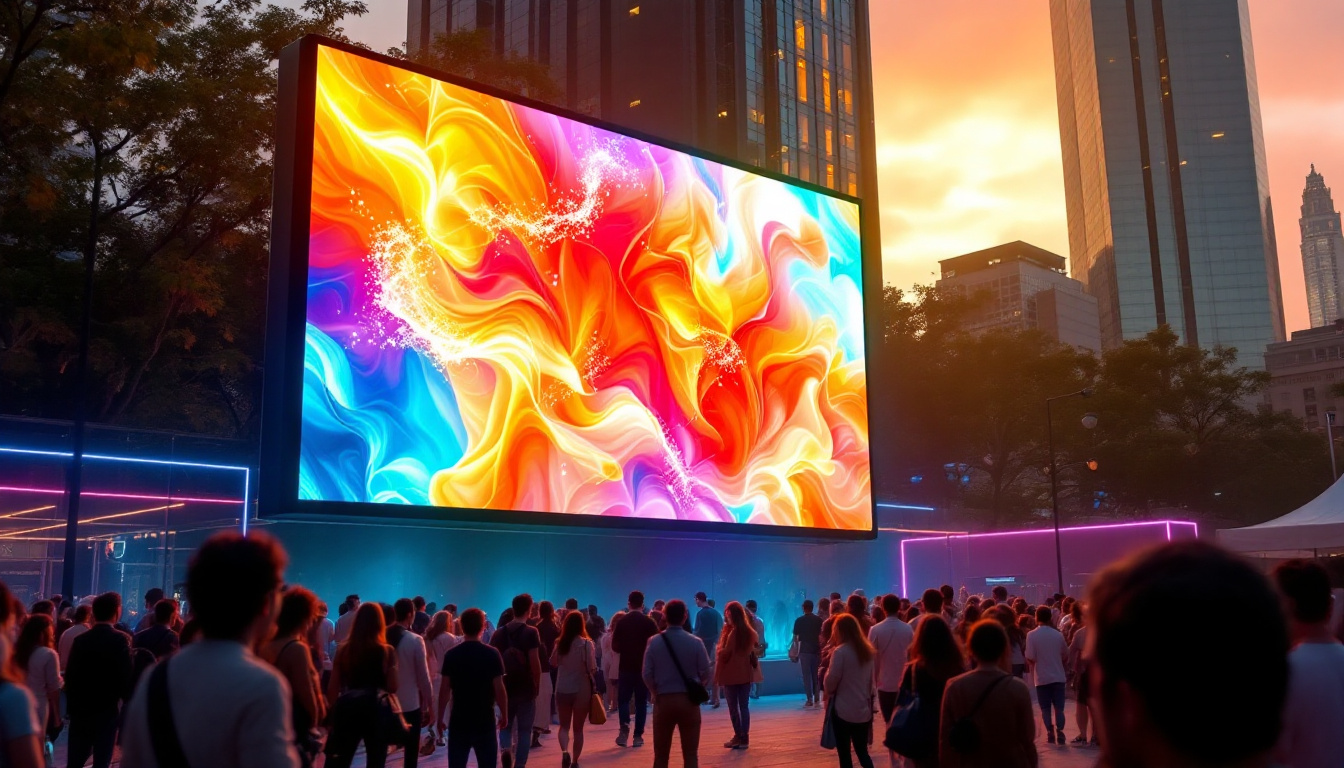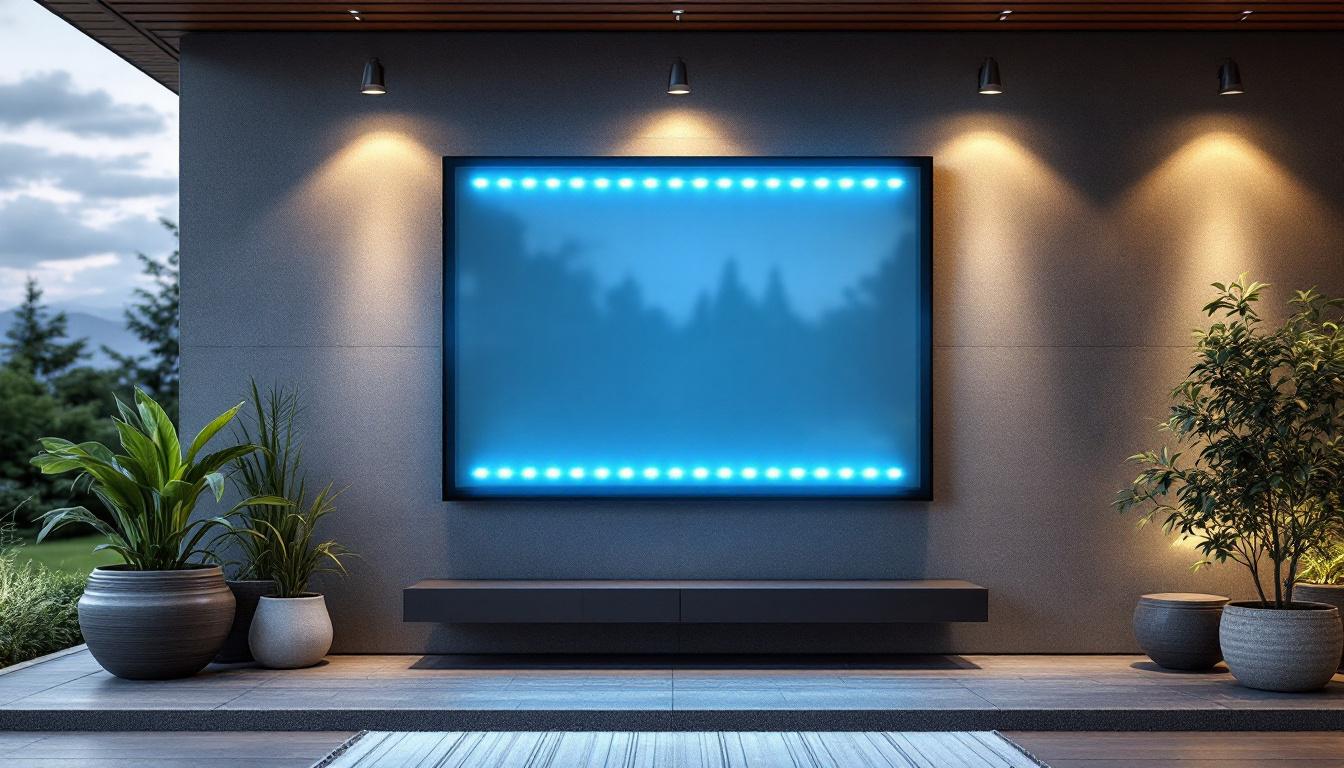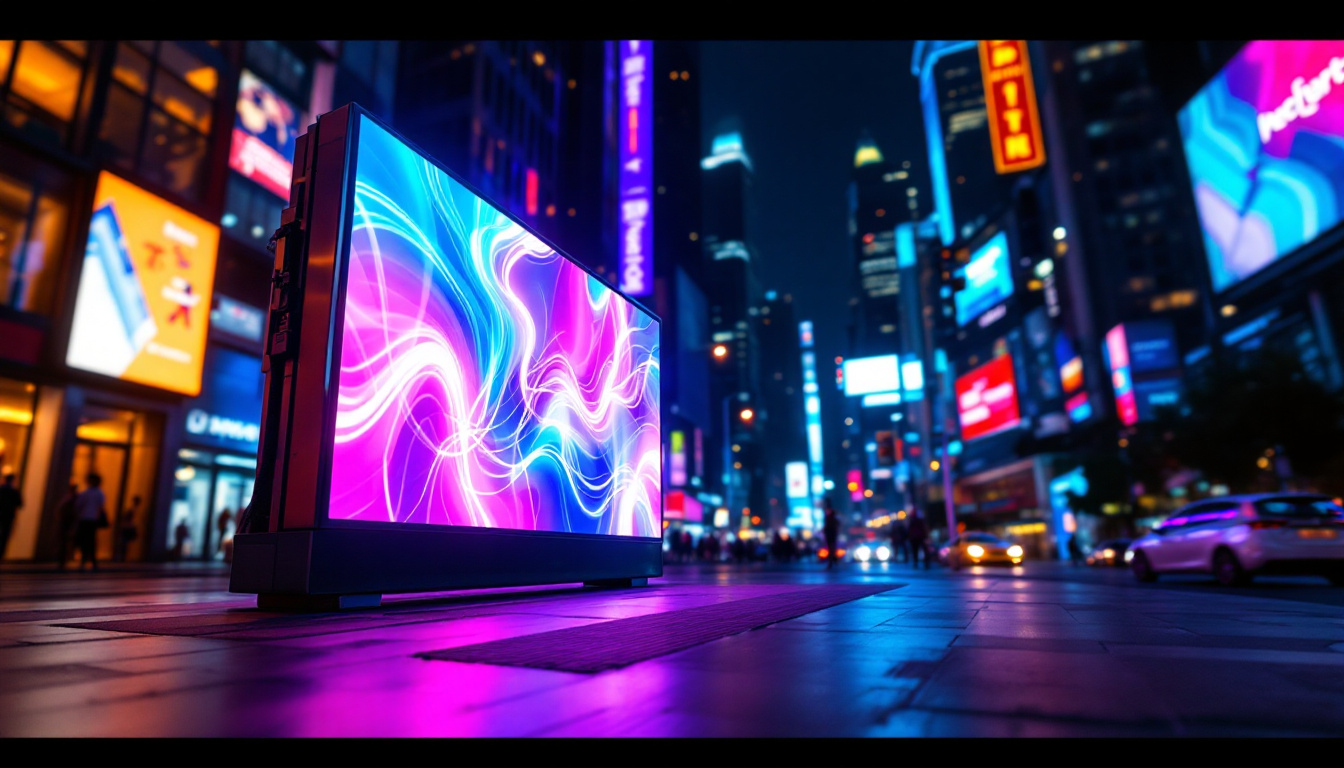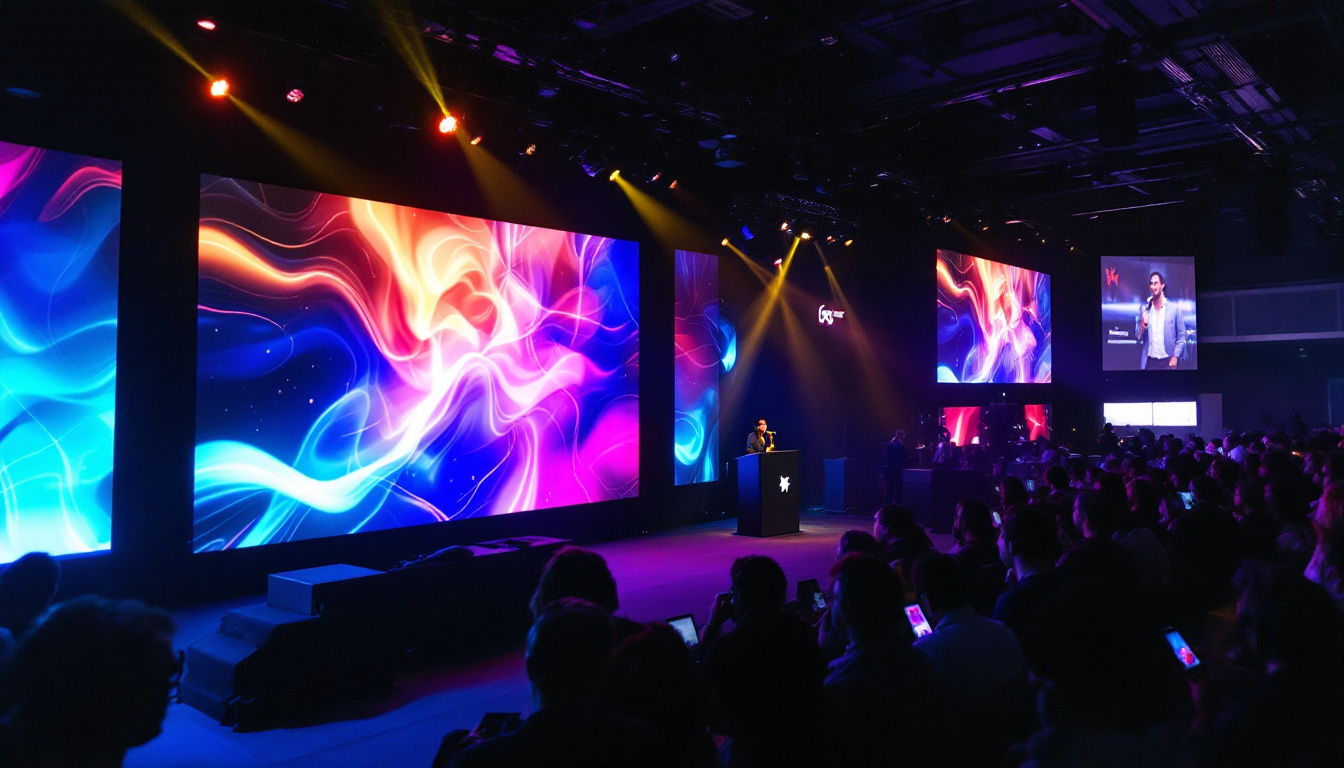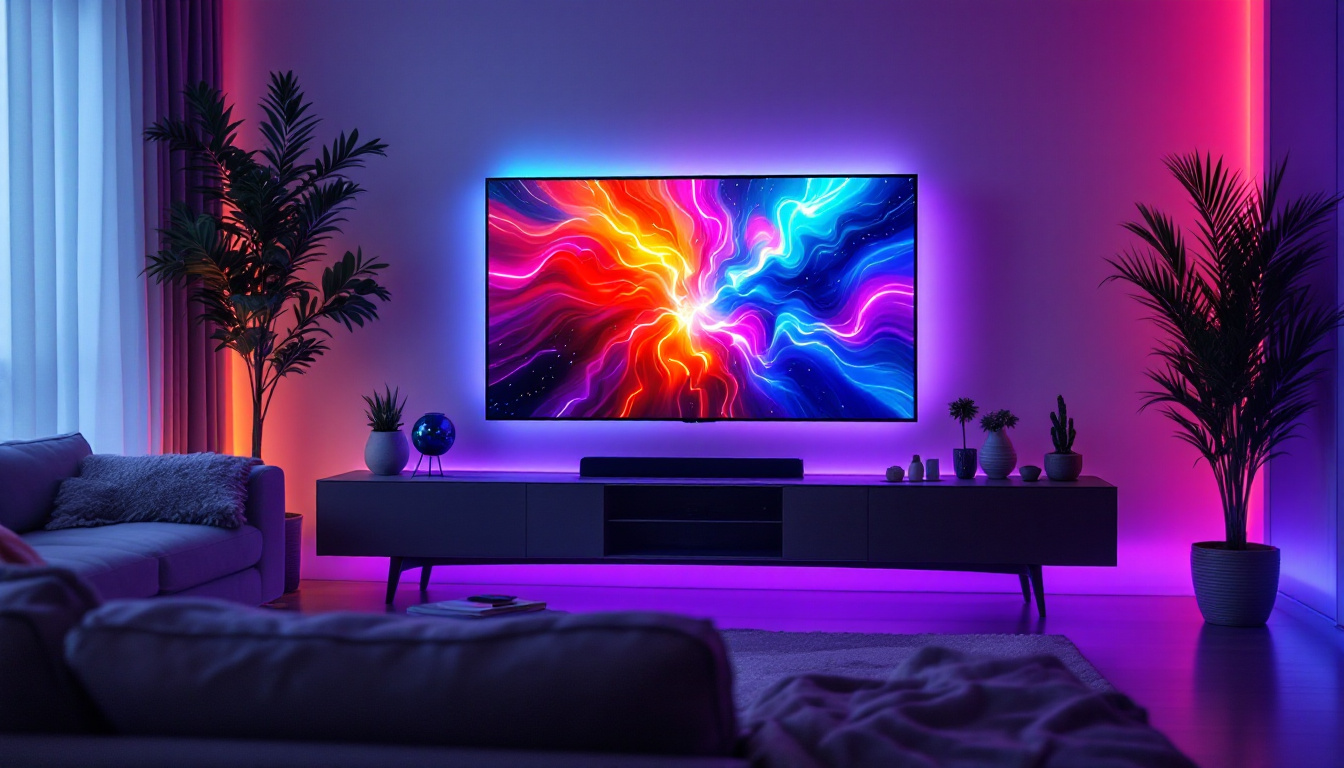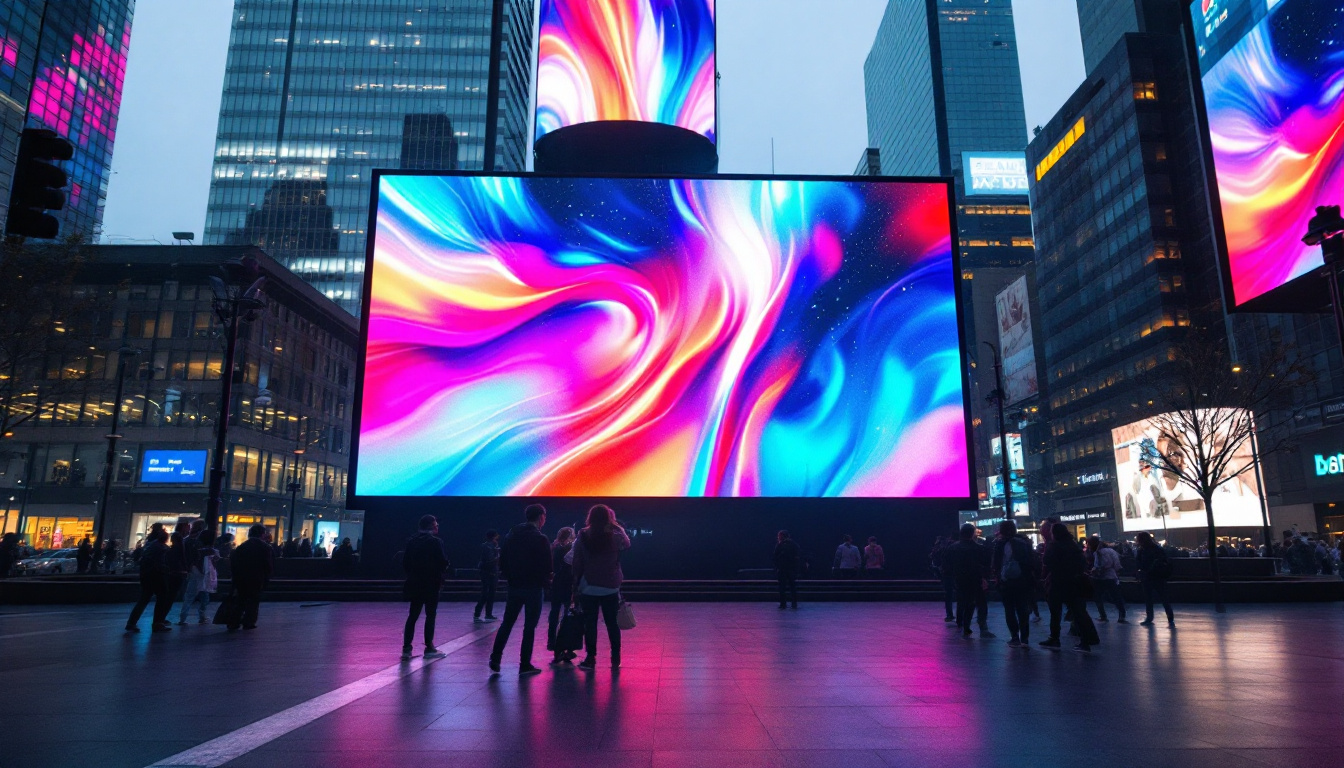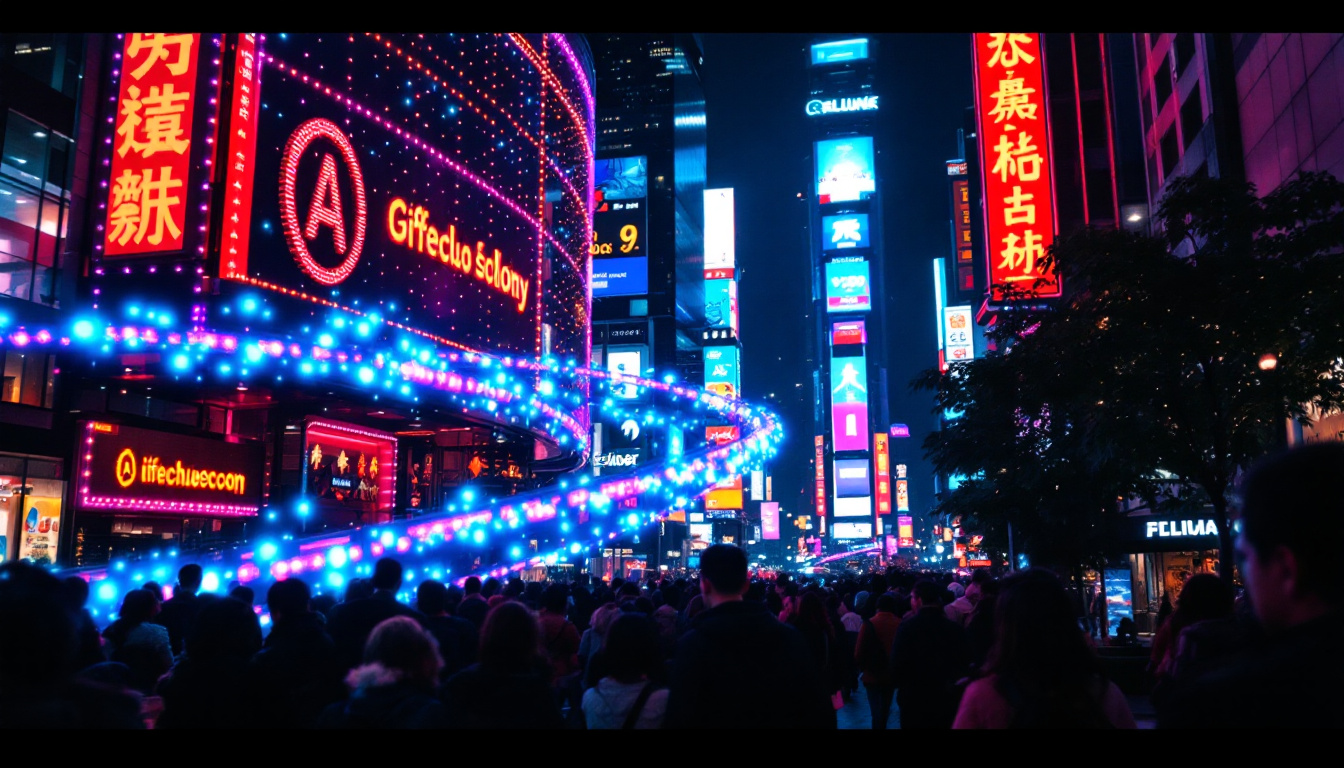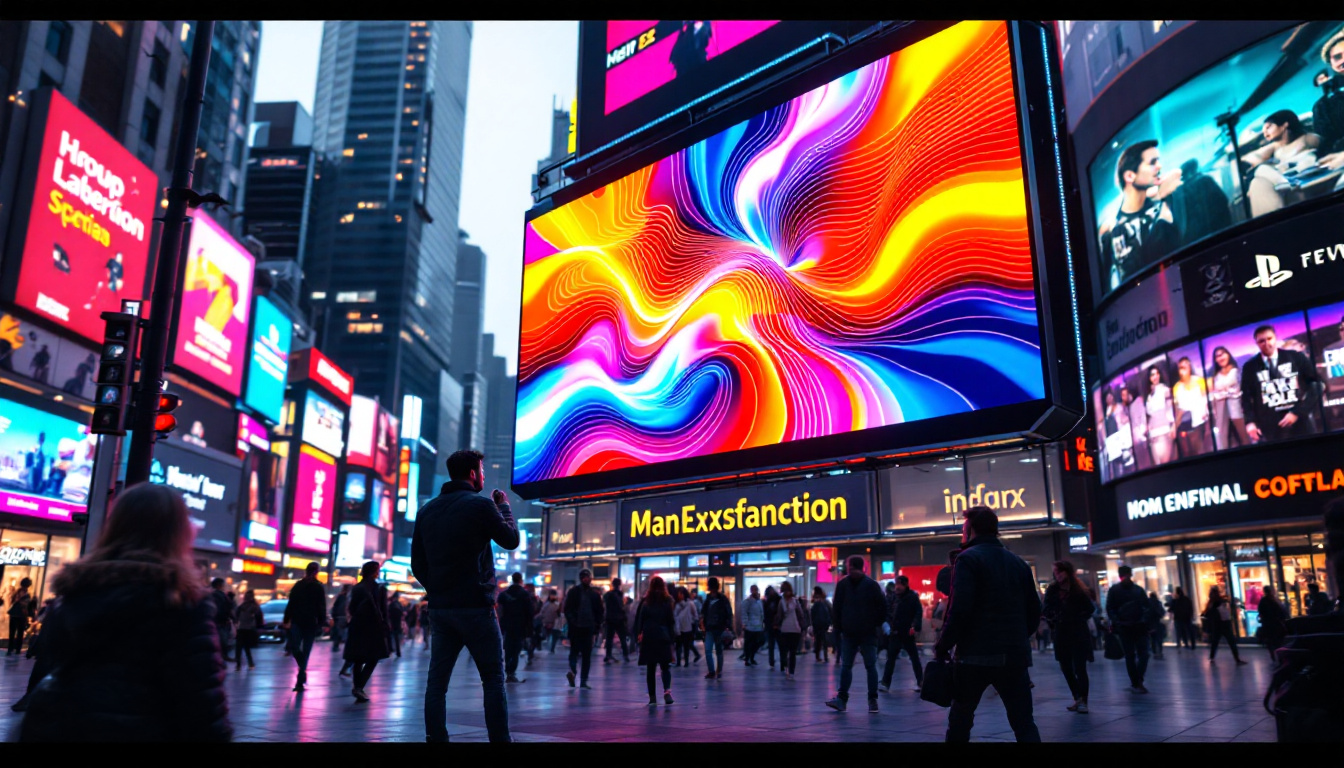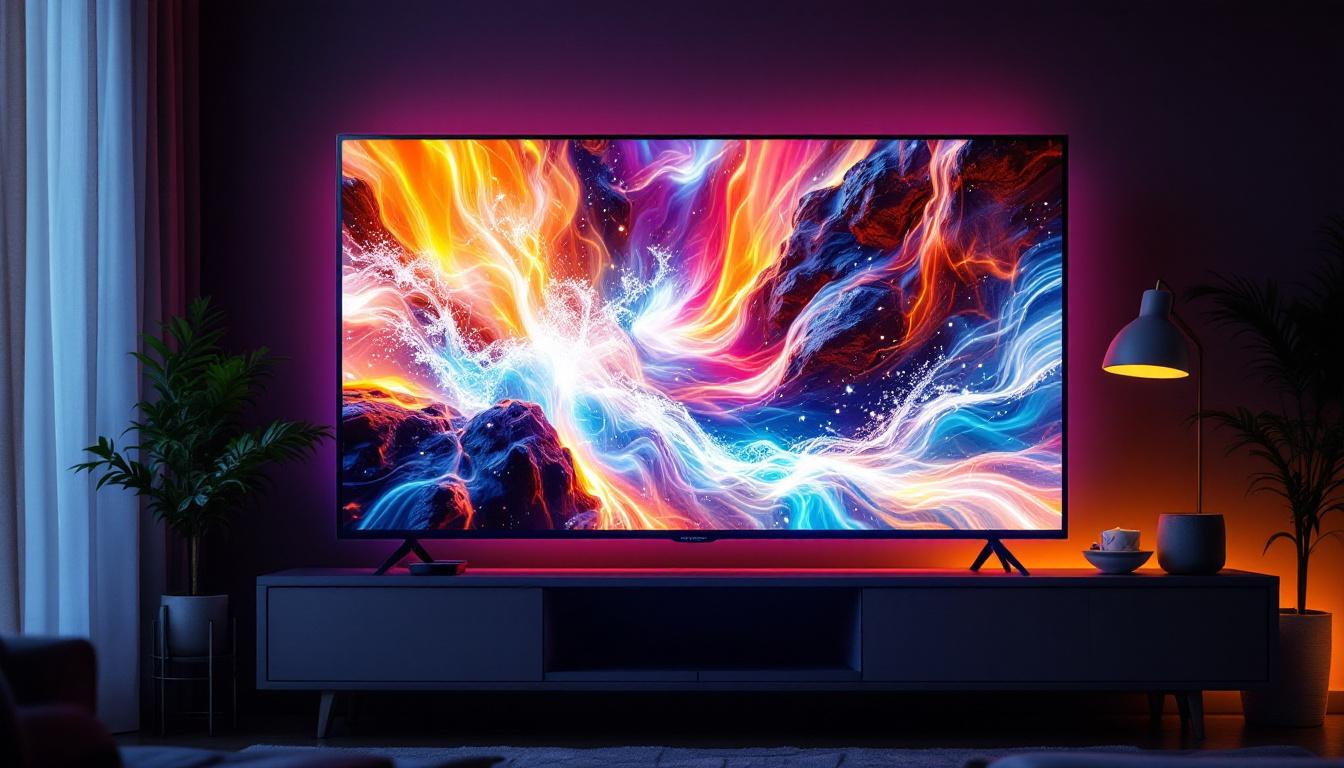The Digital Display Port (DP) 1.2A specification has become a cornerstone in the realm of high-definition video and audio transmission. This standard is particularly relevant for LED displays, which have gained immense popularity in both consumer electronics and professional environments. Understanding the specifications and capabilities of DP 1.2A can help users make informed decisions when selecting displays and related technology. This article delves into the intricacies of the DP 1.2A specification, its features, and its impact on LED displays.
Overview of DP 1.2A Specification
DP 1.2A, an enhancement of the original DP 1.2 standard, was introduced to optimize performance and expand functionality. This specification primarily focuses on improving bandwidth, supporting higher resolutions, and enhancing audio capabilities. It is crucial for users who demand high-quality visuals and sound from their devices.
Key Features of DP 1.2A
One of the standout features of DP 1.2A is its ability to support a maximum bandwidth of 21.6 Gbps. This allows for higher resolutions and refresh rates, making it suitable for 4K displays at 60 Hz or even 8K displays at lower refresh rates. The increased bandwidth is essential for gamers, graphic designers, and video editors who require sharp, detailed images. Moreover, this enhanced bandwidth also facilitates smoother video playback and reduces latency, which is critical for real-time applications such as virtual reality and augmented reality experiences. As technology continues to evolve, the demand for higher resolutions and frame rates is only expected to grow, making DP 1.2A a forward-thinking choice for future-proofing setups.
Another significant feature is the support for Multi-Stream Transport (MST). This allows multiple displays to be connected through a single DP output, enabling users to create expansive workspaces or immersive gaming setups. MST is particularly advantageous in professional settings where multitasking is essential. For instance, a graphic designer can work on a primary monitor while referencing materials on a secondary display, all without sacrificing performance. Additionally, MST can be utilized in educational environments, where instructors can project different content across multiple screens to enhance the learning experience. The flexibility offered by MST not only enhances productivity but also encourages creativity by allowing users to customize their display configurations to suit their specific needs.
Audio Capabilities
In addition to video, DP 1.2A also enhances audio transmission capabilities. It supports up to 8 channels of audio at 24 bits and 192 kHz, providing a rich sound experience that complements high-definition visuals. This feature is particularly beneficial for home theater systems and professional audio applications. The ability to transmit high-fidelity audio alongside video signals means that users can enjoy a more immersive experience, whether they are watching movies, playing games, or producing music. Furthermore, DP 1.2A supports various audio formats, including lossless audio, which is essential for audiophiles who seek the highest quality sound reproduction. This integration of high-quality audio and video over a single cable simplifies setup and reduces cable clutter, making it an ideal solution for both home and professional environments. Additionally, the specification’s compatibility with advanced audio technologies, such as Dolby Atmos and DTS:X, further enhances the overall multimedia experience, allowing for dynamic soundscapes that transport users into the heart of the action.
Benefits of Using DP 1.2A with LED Displays
The integration of DP 1.2A with LED displays brings numerous advantages that enhance the overall user experience. From improved image quality to versatile connectivity options, the benefits are substantial.
Enhanced Image Quality
One of the primary benefits of using DP 1.2A with LED displays is the enhanced image quality. The high bandwidth allows for crisp, clear images with vibrant colors and deep contrasts. This is particularly important for applications that require precise color accuracy, such as graphic design and video editing.
Moreover, the ability to support higher resolutions means that users can enjoy stunning visuals without compromising on performance. Whether it’s gaming, watching movies, or working on detailed projects, the clarity provided by DP 1.2A is a game-changer. Additionally, the support for high refresh rates ensures that fast-moving images are rendered smoothly, reducing motion blur and providing a more immersive experience for gamers and film enthusiasts alike. Coupled with HDR (High Dynamic Range) capabilities, users can experience a broader range of colors and brightness levels, making every scene more lifelike and engaging.
Versatile Connectivity Options
DP 1.2A offers versatile connectivity options that make it easier to connect multiple devices. The MST feature allows users to daisy-chain displays, reducing cable clutter and simplifying setups. This is especially useful in environments where space is limited or where a clean aesthetic is desired.
Furthermore, DP 1.2A is backward compatible with previous versions of DisplayPort, ensuring that users can connect older devices without any issues. This flexibility is a significant advantage for those looking to upgrade their systems gradually. In addition to this, the standard supports audio transmission alongside video, allowing users to streamline their connections by using a single cable for both audio and visual output. This is particularly beneficial in home theater setups or professional environments where multiple audio sources may be in use, providing both convenience and reducing the number of cables needed for a tidy workspace.
Understanding LED Display Technology
To fully appreciate the benefits of DP 1.2A, it is essential to understand the underlying technology of LED displays. LED (Light Emitting Diode) displays utilize semiconductor technology to produce light and create images. This technology has revolutionized the display industry, offering numerous advantages over traditional LCD and CRT displays.
How LED Displays Work
LED displays work by using an array of diodes that emit light when an electric current passes through them. These diodes can be arranged in various configurations, including RGB (Red, Green, Blue) combinations, to produce a wide spectrum of colors. The precise control over each diode allows for exceptional brightness, contrast, and color accuracy.
Additionally, LED displays can be made thinner and lighter than their predecessors, making them ideal for modern applications where space and portability are concerns. This has led to their widespread adoption in televisions, monitors, and digital signage. The modular nature of LED technology also allows for flexible designs, enabling the creation of curved or even transparent displays that can fit seamlessly into various environments.
Advantages of LED Displays
LED displays offer several advantages, including energy efficiency, longevity, and superior image quality. They consume less power compared to traditional displays, resulting in lower energy bills and a reduced environmental impact. Moreover, LED displays have a longer lifespan, often lasting tens of thousands of hours before requiring replacement.
In terms of image quality, LED displays excel in producing bright, vivid colors with high contrast ratios. This makes them suitable for various environments, from dimly lit rooms to brightly lit outdoor spaces. The rapid response times of LED technology also contribute to smoother motion and reduced blur, enhancing the viewing experience. Furthermore, advancements in LED technology have led to innovations such as HDR (High Dynamic Range), which allows for an even greater range of brightness and color detail, making images more lifelike and immersive.
Another significant advantage of LED displays is their ability to maintain performance over time. Unlike traditional displays that may suffer from issues like burn-in or color fading, LED technology is more resilient, ensuring consistent quality throughout its lifespan. This durability is particularly beneficial in commercial settings, where displays are used for extended periods and need to deliver reliable performance without frequent maintenance. As a result, businesses can invest in LED technology with confidence, knowing it will meet their needs for years to come.
Compatibility and Use Cases
DP 1.2A is compatible with a wide range of devices, making it a versatile choice for various applications. Understanding its compatibility can help users maximize their setups and ensure they are utilizing the technology effectively.
Devices Supporting DP 1.2A
Many modern graphics cards, laptops, and monitors support DP 1.2A, allowing users to take advantage of its features. High-end gaming monitors, professional displays, and even some televisions are equipped with DP 1.2A ports, making it easier to connect devices and enjoy high-quality visuals.
Moreover, adapters are available for devices that may not have a native DP connection, ensuring that users can still benefit from the capabilities of DP 1.2A. This adaptability is crucial for users who may have older equipment but still want to experience the advantages of newer technology.
Use Cases in Different Industries
DP 1.2A finds applications across various industries, from gaming to professional design. In the gaming industry, the high refresh rates and resolutions supported by DP 1.2A enhance the gaming experience, providing smoother gameplay and more immersive visuals.
In professional environments, such as graphic design and video editing, the color accuracy and high resolution offered by DP 1.2A are invaluable. Designers can work with precision, ensuring that their work translates accurately across different mediums.
Future of Display Technology
As technology continues to evolve, the future of display technology looks promising. Innovations in display technology, such as OLED and microLED, are on the horizon, but DP 1.2A remains relevant as a standard for high-quality video and audio transmission.
Emerging Technologies
Emerging technologies like OLED and microLED promise even greater color accuracy, contrast ratios, and energy efficiency. These technologies are likely to complement existing standards like DP 1.2A, enhancing the overall viewing experience.
As manufacturers adopt these new technologies, the demand for high-bandwidth connections like DP 1.2A will continue to grow. This ensures that users can enjoy the benefits of cutting-edge displays while maintaining compatibility with existing devices.
Conclusion
In conclusion, the DP 1.2A specification plays a crucial role in the world of LED displays. Its high bandwidth, support for multiple displays, and enhanced audio capabilities make it an essential standard for anyone seeking high-quality visual and audio experiences. As technology continues to advance, understanding these specifications will remain vital for making informed decisions in the ever-evolving landscape of display technology.
By harnessing the capabilities of DP 1.2A, users can ensure they are equipped to take full advantage of the stunning visuals and immersive audio that modern LED displays offer. Whether for gaming, professional work, or home entertainment, DP 1.2A is a key player in delivering an exceptional experience.
Explore Cutting-Edge LED Displays with LumenMatrix
Ready to elevate your visual experience with the latest in LED display technology? Look no further than LumenMatrix, a pioneer in crafting LED displays that bring your content to life. From vibrant Indoor and Outdoor LED Wall Displays to dynamic Vehicle and Sports LED Displays, our solutions are designed to captivate and engage. Discover the transformative power of our LED Poster Displays, Floor Displays, Custom Solutions, and more. Embrace the future of visual communication with LumenMatrix’s All-in-One and Transparent LED Displays. Check out LumenMatrix LED Display Solutions today and witness how we can enhance your brand visibility and create unforgettable visual experiences.



